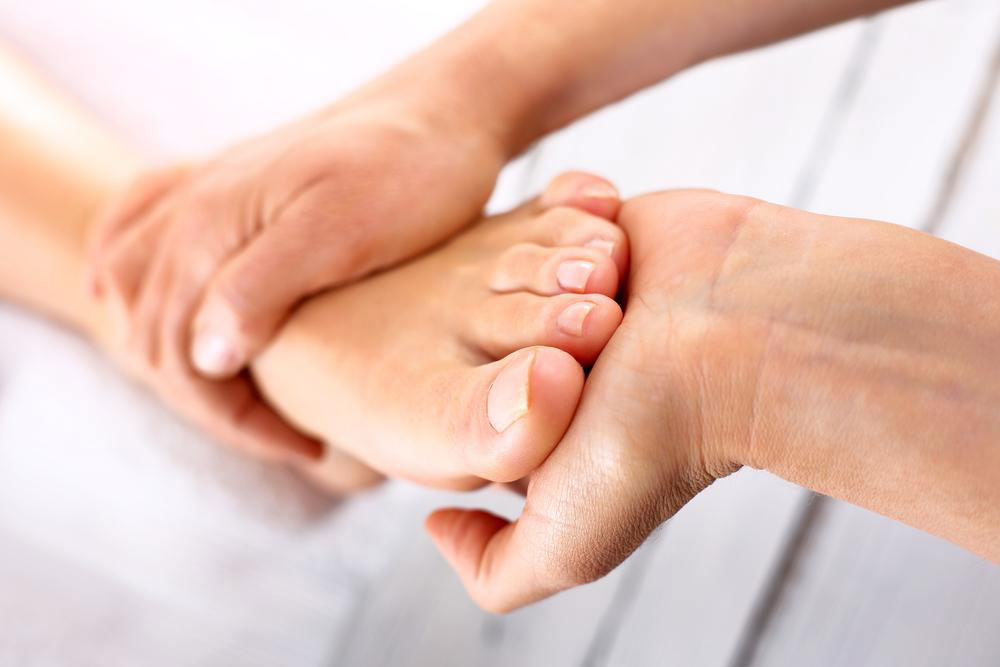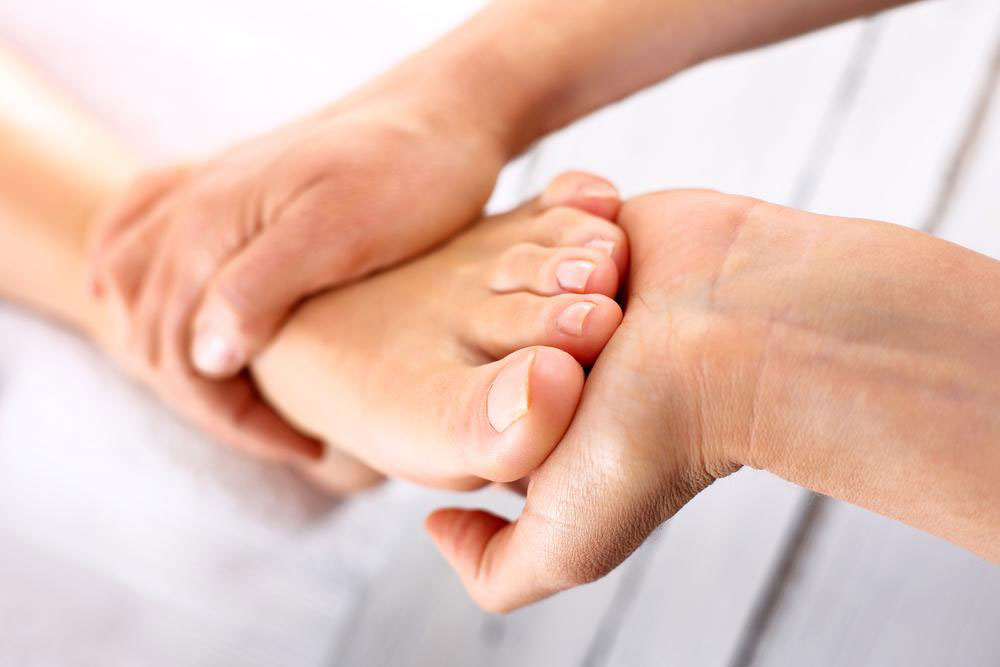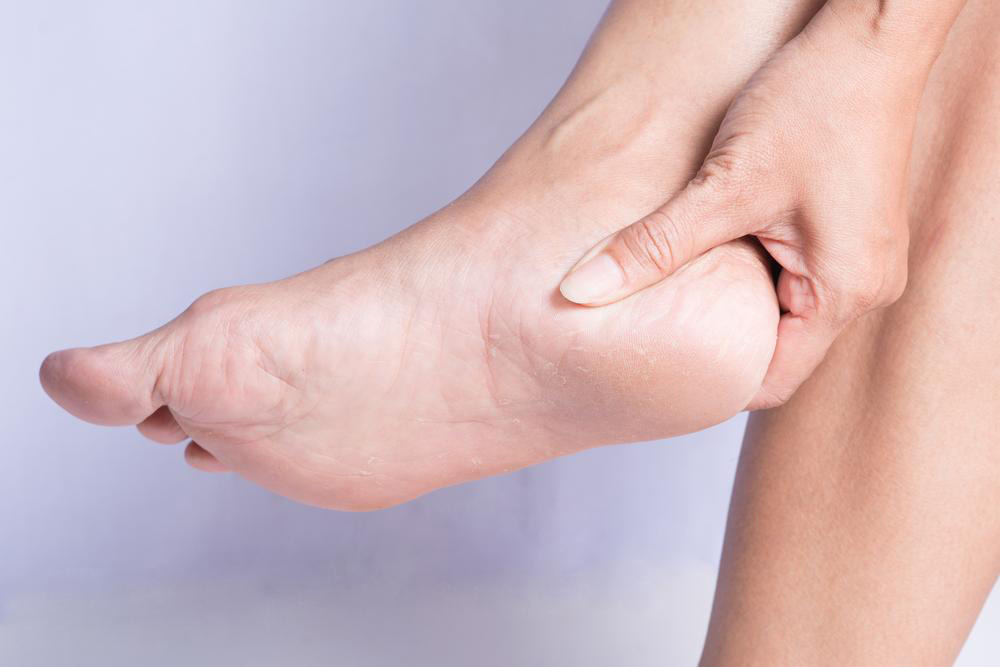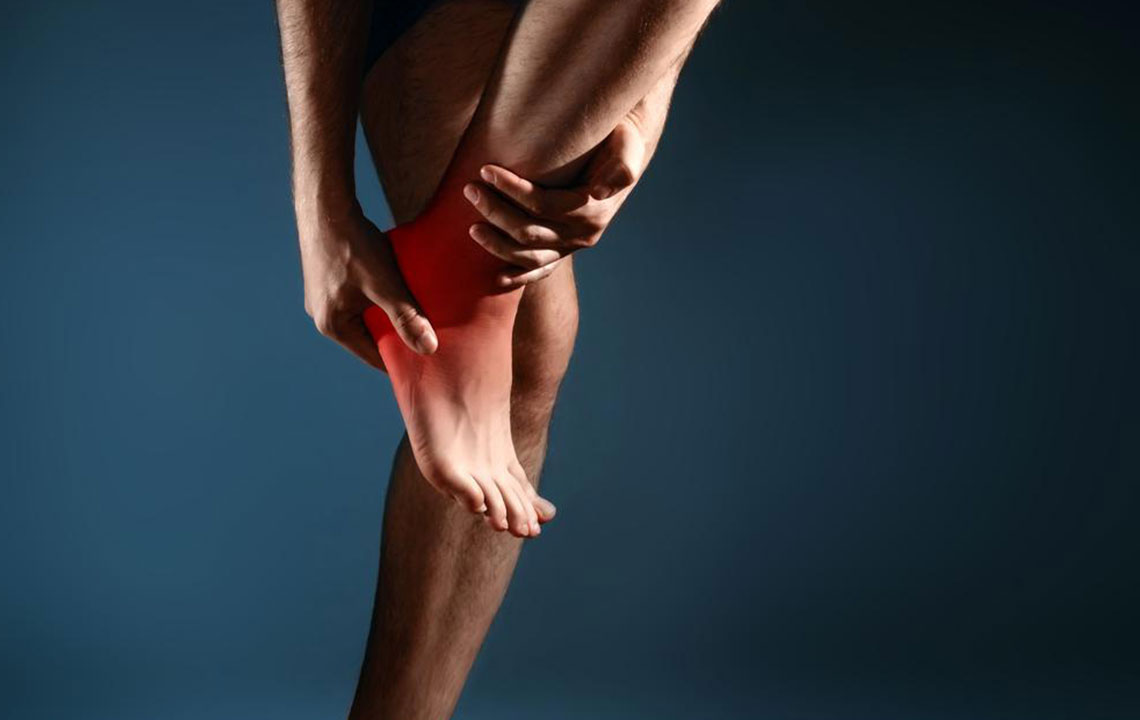Essential Tips for Selecting Shoes to Relieve Heel Discomfort
Discover effective tips for choosing footwear to alleviate heel pain. Learn why proper fit, supportive insoles, and avoiding high heels are vital. Our expert advice helps you select comfortable shoes that promote heel healing and prevent discomfort, ensuring better foot health daily.
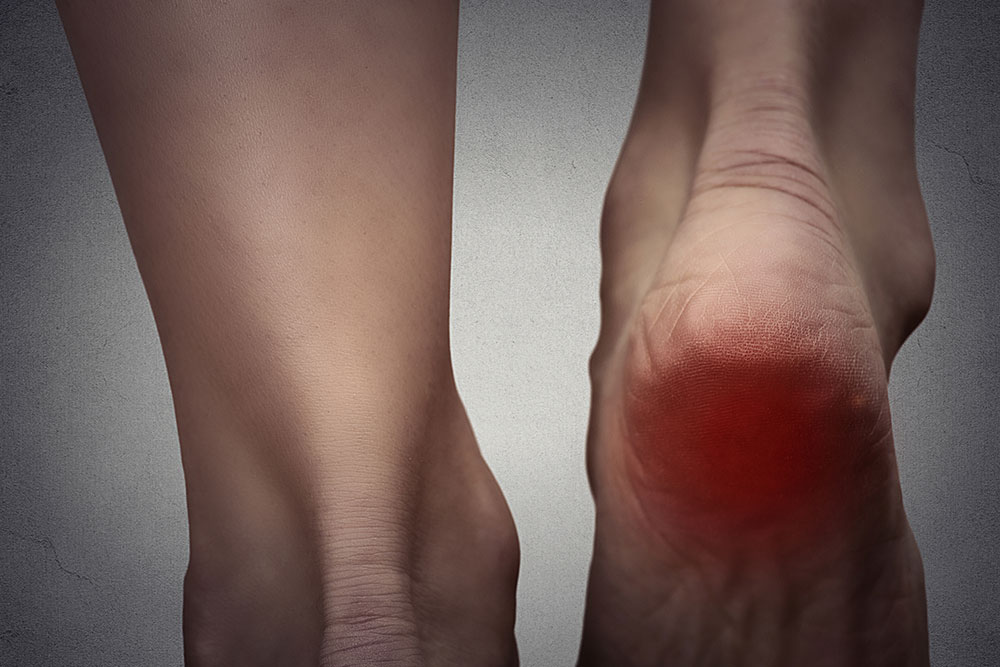
Essential Tips for Selecting Shoes to Relieve Heel Discomfort
According to a 2014 survey, 80% of Americans experience some type of foot problem. Feet are vital to overall health and daily functioning because they bear most of the body's weight. The heel is particularly important as it supports nearly the entire load. Heel pain can occur beneath or behind the heel, disrupting daily activities. Proper footwear is crucial for managing this discomfort, either by alleviating or worsening the pain.
Wearing the correct shoes significantly impacts heel pain relief. When shopping for supportive footwear, keep essential considerations in mind. Here are practical tips to guide your selection:
Visit the store later in the day
Feet tend to swell and expand throughout the day, especially after standing or walking. Shopping in the morning may lead to choosing shoes that feel comfortable but become tight later, increasing discomfort. Ensuring a proper fit is essential to prevent long-term heel issues.
Don’t rely solely on box measurements
Many assume size on the box is accurate, but shoe sizes vary among brands. It’s best to measure your feet yourself, preferably while standing. Accurate measurements help find shoes that fit correctly, reducing heel stress and pain. Ask a professional to measure your feet precisely for the best fit.
Avoid ill-fitting footwear
Shoes that are too tight can cause numbness and sharp sensations, worsening heel discomfort. Conversely, loose shoes can cause instability, forcing your foot to work harder to maintain balance and increasing pain. Properly fitting shoes are crucial for comfort and heel health.
Opt for comfortable, cushioned footwear
Childhood shoes with soft soles are ideal—they absorb shock and reduce pressure on the heel. While they may lack style, their effectiveness in alleviating heel pain is unmatched. Choosing snug, cushioned shoes promotes healing and comfort.
Avoid high heels above 1 inch
High heels transfer weight unevenly, putting extra strain on the heels. Limiting heel height helps distribute pressure more evenly, decreasing discomfort. Prioritize foot health over fashion by choosing lower or flat shoes when battling heel pain.
Use orthotic inserts and heel pads
Orthotic insoles, heel liners, and pads can relieve heel spurs—a calcium buildup caused by strain on foot muscles. These supports help cushion and stabilize the heel, reducing pain and promoting healing. Invest in supportive insoles when purchasing shoes for heel pain.
Note:
The site offers broad informational content across various topics. While our research aims to provide useful guidance, it should not replace professional medical advice. The authors are not responsible for discrepancies or inaccuracies and recognize that some offers or schemes discussed may vary or change over time.



